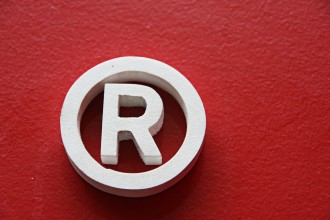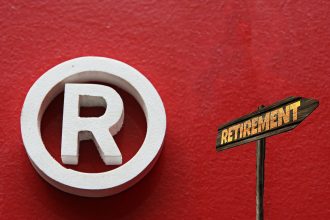June 14, 2021
Flagging a Potential Trademark Issue
Flag Day is an appropriate day to reflect on the use of the American Flag in trademarks and advertising. The Flag Act, 4 USC 3, prohibits the use of the American Flag in advertising in the District of Columbia:
Any person who, within the District of Columbia, in any manner, for exhibition or display, shall place or cause to be placed any word, figure, mark, picture, design, drawing, or any advertisement of any nature upon any flag, standard, colors, or ensign of the United States of America; or shall expose or cause to be exposed to public view any such flag, standard, colors, or ensign upon which shall have been printed, painted, or otherwise placed, or to which shall be attached, appended, affixed, or annexed any word, figure, mark, picture, design, or drawing, or any advertisement of any nature; or who, within the District of Columbia, shall manufacture, sell, expose for sale, or to public view, or give away or have in possession for sale, or to be given away or for use for any purpose, any article or substance being an article of merchandise, or a receptacle for merchandise or article or thing for carrying or transporting merchandise, upon which shall have been printed, painted, attached, or otherwise placed a representation of any such flag, standard, colors, or ensign, to advertise, call attention to, decorate, mark, or distinguish the article or substance on which so placed shall be deemed guilty of a misdemeanor and shall be punished by a fine not exceeding $100 or by imprisonment for not more than thirty days, or both, in the discretion of the court. The words “flag, standard, colors, or ensign”, as used herein, shall include any flag, standard, colors, ensign, or any picture or representation of either, or of any part or parts of either, made of any substance or represented on any substance, of any size evidently purporting to be either of said flag, standard, colors, or ensign of the United States of America or a picture or a representation of either, upon which shall be shown the colors, the stars and the stripes, in any number of either thereof, or of any part or parts of either, by which the average person seeing the same without deliberation may believe the same to represent the flag, colors, standard, or ensign of the United States of America.
Most states have a statute purporting to restrict the commercial use of the flag. Here is a list from 2002. Nebraska’s statute was upheld by the U.S. Supreme Court in 1907 in Nebraska v. Halter (which involved the depiction of a flag on a bottle of beer).
In a country where modifying and even burning the flag constitutes free speech, however, it seems likely that such laws would not be found enforceable today — even accounting for the fact that commercial speech is afforded less protection.
Given the fact that the USPTO has assigned a special design code for the American flag (24.09.05 American flags in any form), it doesn’t seem that anyone is taking restrictions on the use of the American flag in advertising very seriously.
For more information, the Congressional Research Service also provides an excellent review of flag protection laws.



































